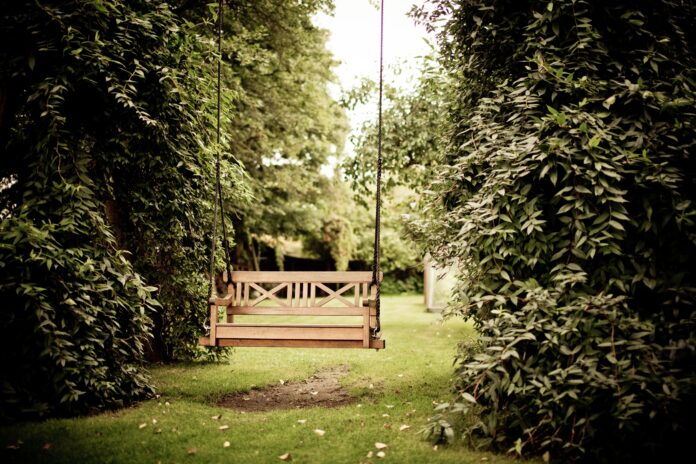Water is the most important resource for your garden. Water is essential for germination and photosynthesis – the two major processes that create a lush, thriving garden. However, the hot summer months can play havoc with your perfectly-pruned hydrangeas. Here’s how to battle the heat, and keep your shrubs strong and flowers fresh.
Firstly: let’s dive into the specifics of watering your garden. Then, why drip irrigation is so important, and how it can save you money.
The Art of Watering
The process of a plant obtaining water in nature is pretty simple. The roots reach down through the soil, drawing water through a process called osmosis.
Then the xylem – plant arteries that stem from the roots to the leaves – shuttle the water and nutrients from the soil to the relevant areas of the plant, such as the flowers.
However, your garden is (probably!) not a natural area of woodland. Instead, it’s a carefully pruned and maintained plot of land – it could even be a spot on your balcony! You alone have control over how much water those roots can extract. Most of the time, the art of gardening is really just knowing when to add water!
Water: Too Much of a Good Thing.
There’s an incredible amount of factors that change the water demands of each plant. Aside from the species, a plant’s surroundings will have one of the greatest impacts.
For example: the smaller the pot, the more often it will need water. When a plant is set into a plot of land, the roots are free to grow towards any available water source. This means they’re able to ‘drink’ from a larger volume of soil. Potted plants will always dry out faster than their border-bound cousins.
Many of you green thumbs will be familiar with the frustration of wilted, dull leaves. It’s the bane of any avid gardener.
Even worse – the way in which you water your plants can sometimes make things worse!
The traditional watering can has served many plants well. However, watering cans deliver a single deluge of water over the plant’s leaves, all at once.
This is a little unnatural for the plant – after all, they absorb water from their roots. There’s the added danger of water sitting around on the leaves and stems, which drastically increases the chance of nasty fungal infections. Too much water can often be as lethal as too little.
Even if your plants catch no infections from the pools of water sitting on their leaves, the water will eventually evaporate in the wind and sun. Across regular waterings, this can add up to a colossal waste of water.
It also depends on you physically lugging a watering can around the garden – which can play havoc with your back – or stretching the hose haphazardly across the patio.
Furthermore, there is a newer, safer and more efficient way to give your plants some much-needed hydration.
How Drip Irrigation is Different
This is where drip irrigation changes the game. Here, a system of pipes sit above- or below-ground, covering the entire area of your border plants. Drip emitters are placed at even points along the system.
The emitters do not need to be directly next to each and every plant – just spaced out every 600 millimetres or so. The exact distance depends on your soil’s permeability: clay-like soil will need more space; sandier, lighter soils will need less space between emitters.
When you turn the water on – or, if you’ve got a fancy automatic system, at predetermined times of the day – these emitters deliver water directly to the soil around your plant’s roots.
Automatic irrigation systems are no longer reserved for multi-hectare agricultural use. Your garden can take as much advantage from it as you do. For example, it’s recommended to water your plants very early in the day – around sunrise.
For many, regardless of age, waking up at the crack of dawn would be enough of a task – nevermind going outside and watering the garden, too!
More importantly, your bills can really feel the difference. Drip irrigation systems use up to 80% less water than watering with a hosepipe. There’s also a far lower rate of fungal infections.
Saving water is not only important for helping the environment, but has a knock-on effect on your carbon footprint and monthly water bill.
This summer, drip irrigation could be your garden’s new secret weapon. It’s easy and cost-effective to install, and can provide immense benefits to a sun-battered garden. Help both your wallet and your shrubs flourish with an investment in your garden’s long-term health.



























